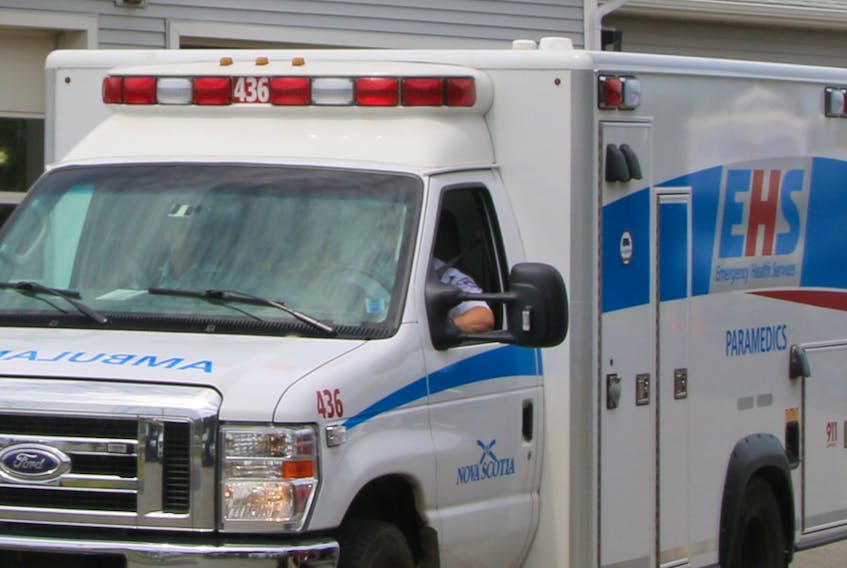During a 20-day period in July, there were 34 ambulances that went unstaffed in Nova Scotia.
The union representing the province’s paramedics is warning that backlogs in Nova Scotia’s health-care system are trickling down to the availability of emergency care. “The problem is for a variety of reasons vacancies aren’t being filled,” said Terry Chapman, business manager for Local 727 of the International Union of Operating Engineers.
“This isn’t a money thing. It’s a system wellness and paramedic wellness issue.”
The union tracked unfilled vacancies on scheduled shifts from July 4 to July 23 in the western, northern and eastern (including Cape Breton) regions of the province.
The vacancies ranged in cause from illness to injury to paramedics being prevented from working a shift because their previous shifts ran too long.
Most paramedics work 12-hour shifts and are not permitted to work more than 16 hours straight.
They are then mandated to have 10 hours of rest before starting a new shift.
“One of the main contributing factors is offload delays at the hospital,” Chapman said. “Ambulances sometimes tied up hours past the scheduled end of their shift waiting with a patient for them to be admitted to hospital. When they do get home, they are fatigued, they are tired.”
He warned that having to wait with a patient in a crowded emergency room also means thoseparamedics are unavailable
to respond to other emergencies.
When paramedics do go home after working overtime, they are then often not able to start theirnext shift on time due to the mandated 10-hour rest period.
Jeff Fraser, director of provincial operations for Emergency Health Services, agreed with Chapman’s assessment of the problem.
“There is no doubt that we do have some staffing challenges,” Fraser said.
“There has been a steady increase in demand for our services over the last 10 years. Every year is busier than the next.”
Fraser said beyond backlogs at open emergency rooms, closed ones caused by physician shortages also tie up paramedics by diverting patients longer distances.
Then there’s the movement of patients between hospitals.
“It has a significant impact on our system and our people,” Fraser said of backlogs and emergency room closures.
“We are working closely with health system and government. It is a very, very complex problem that needs a number of things to change.”
Fraser and Chapman agreed that the issue isn’t a shortage of paramedics.
Where they differ is their view of whether the problem is being addressed.
Chapman said the union began tracking the statistics as a way to put pressure on the other stakeholders in the province’s healthcare system to come to the table with the union and seek solutions.
“The entire system is overcapacity,” said Chapman.
“We have met with the minister of health several times and asked for stakeholder input, and we’ve heard nothing.”
Fraser said efforts are being made — like the new community paramedic program recently unveiled in Cape Breton Regional Municipality, which will see new positions created to do, among other things, house calls.
The Department of Health and Wellness issued a written response to the report released by the paramedics’ union. “EHS is meeting its standard response times and performance expectations and is responding to the daily pressures in the system,” spokeswoman Tracy Barron said in the response.
“We have an emergency response service that is one of the best in the country. We understand how hard paramedics work every day on behalf of all Nova Scotians. EHS has a flexible provincewide system that allows for human resources and ambulances to be moved around depending on demand. Call volumes are increasing, and (Emergency Medical Care Inc.) is working on a staffing strategy to respond to strains on the system.”









